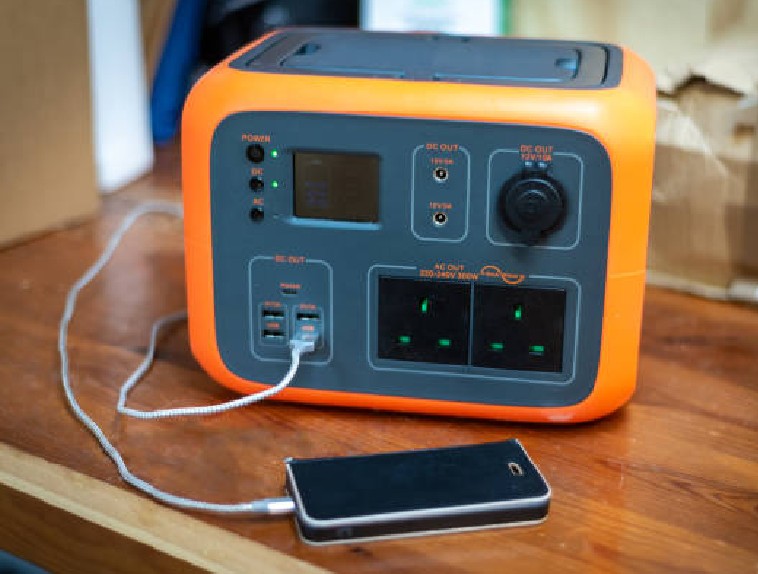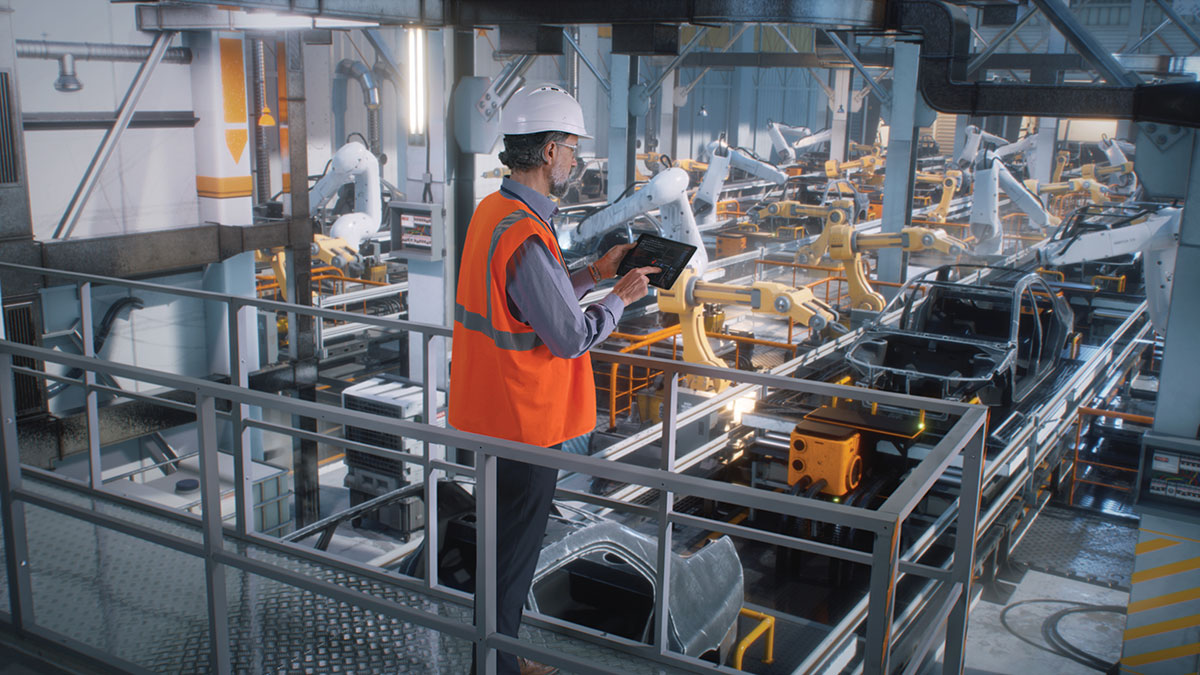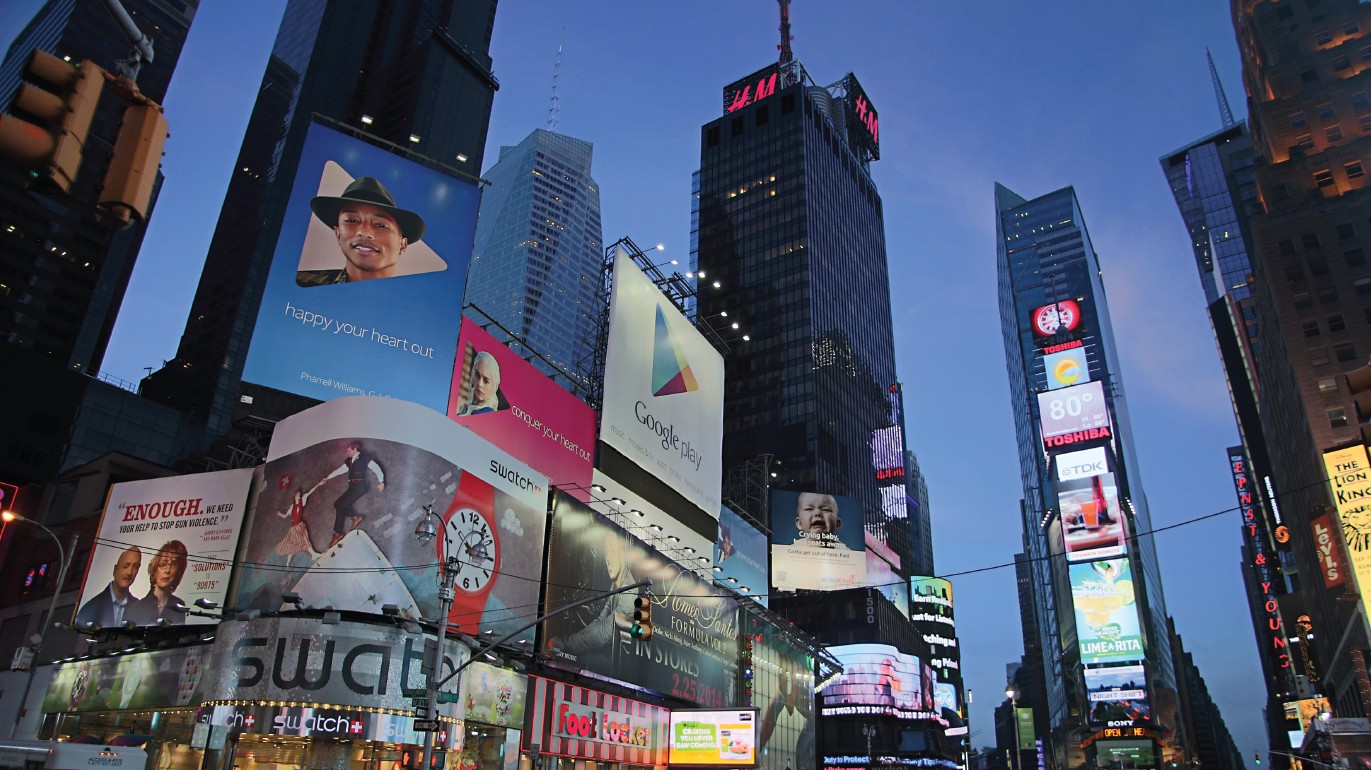Question: Outlet box
How do I know if an outlet box can be used in a fire-rated assembly?
Answer
Metallic Outlet Boxes are Listed under the category Metallic Outlet Boxes (QCIT), in the UL Electrical Construction Equipment Directory. The Guide Information for QCIT specifies the installation requirements for use in fire-rated assemblies. Information about UL-Listed metallic outlet boxes, including the Guide Information, can also be found by accessing UL’s online product certification database atwww.ul.com.
Metallic outlet boxes for use in firerated wall assemblies include single and double gang metallic outlet and switch boxes equipped with Listed metallic or nonmetallic cover plates. These outlet boxes are intended for installation in bearing and non-load bearing wood or steel stud gypsum wallboard walls with fire resistance ratings of 2 hours or less. The metallic outlet or switch boxes must be securely fastened to the studs. Openings in the wallboard facing are to be cut so that the clearance between the box and wallboard does not exceed 1/8 inch. The surface area of individual metallic outlet or switch boxes must not exceed 16 square inches. In addition, the entire surface area of the boxes must not exceed 100 square inches per 100 square feet of wall surface.
A minimum horizontal distance of 24 inches must separate metallic boxes located on opposite sides of walls or partitions. This minimum horizontal spacing may be reduced through the use of UL Classified Wall Opening Protective Materials (QCSN), commonly known as “putty pads” or “insert pads.” Further, metallic boxes cannot be installed on opposite sides of walls or partitions in staggered stud constructions unless putty pads or insert pads are installed with the metallic boxes in accordance with the Classification requirements for the protective materials.
Wall Opening Protective Materials are found under the category QCSN in the UL Electrical Construction Equipment Directory, and also under the category CLIV in Volume 1 of the UL Fire Resistance Directory, or online at UL’s product certification database.
Listed metallic outlet boxes with metallic or nonmetallic cover plates may be used in fire-rated floor/ ceiling and roof/ceiling assemblies with ratings not exceeding two hours. Such assemblies must be equipped with gypsum wallboard ceilings.
The metallic outlet boxes shall be securely fastened to the joists and the opening of the wallboard facing must be cut so that the clearance between the box and the gypsum wallboard does not exceed 1/8 inch. The entire surface area of the boxes must not exceed 100 square inches per 100 square feet of ceiling surface.
Information regarding the use of outlet boxes in fire-rated floor/ceiling and roof/ceiling assemblies can be found on page 4 in Volume 1 of the 2000 edition of the UL Fire Resistance Directory. This information was recently published to be consistent with those requirements specified by the International Conference of Building Officials (ICBO), the Southern Building Code Conference International (SBCCI), and the Building Officials and Code Administrators (BOCA) model building codes.
Non-metallic outlet boxes, which can be used in fire-rated assemblies, are Classified under the category Outlet Boxes and Fittings Classified For Fire Resistance (QBWY), in the UL Electrical Construction Equipment Directory, and under CEYY in Volume 1 of the UL Fire Resistance Directory. This same information can also be found by accessing UL’s online product certification database atwww.ul.com.
This product category covers special purpose boxes for installation in floors, and nonmetallic outlet boxes for installation in ceilings, floor/ceiling or roof/ceiling assemblies, and in wall and partition assemblies in accordance with the National Electrical Code (NEC).
These boxes provide the required fire resistance when installed in specific fire-rated ceilings or walls described for each Classified company. These boxes have also been investigated and found to comply with UL’s electrical requirements. Any Listed metallic or nonmetallic cover plate is suitable for use with these nonmetallic boxes.
This category includes Classifications for nonmetallic outlet and switch boxes for use in fire-resistive rated wall or partition assemblies. The information provided for each Classification includes the model numbers for the Classified products, a description of the rated assemblies, the spacing limitations for the boxes and the installation details.
Nonmetallic boxes are not to be installed on opposite sides of walls or partitions in staggered stud constructions, unless Classified for use in such constructions or unless Wall Opening Protective Materials (QCSN or CLIV) are installed with the nonmetallic boxes.
The minimum horizontal spacing between boxes located on opposite sides of walls of partitions may be reduced through the use of Wall Opening Protective Materials. In both cases, the nonmetallic boxes shall be protected as described in the Classification requirements for the protective materials for use on the specific box.
Nonmetallic outlet boxes Classified for use in fire-resistive designs will be marked on the box with the UL Classification Marking along with the hourly rating (Class 1 or 2HR); and the intended use “F” for floor, “W” for wall; “C” for ceiling; and “F/C” for floor/ceiling. Such boxes are Classified for use in specific fire-resistive designs when installed in accordance with the details described for each Classified company. Always refer to the Classification requirements in the UL Electrical Construction Equipment Directory and Fire Resistance Directories, and the installation instructions for proper installation guidelines.











Find Us on Socials